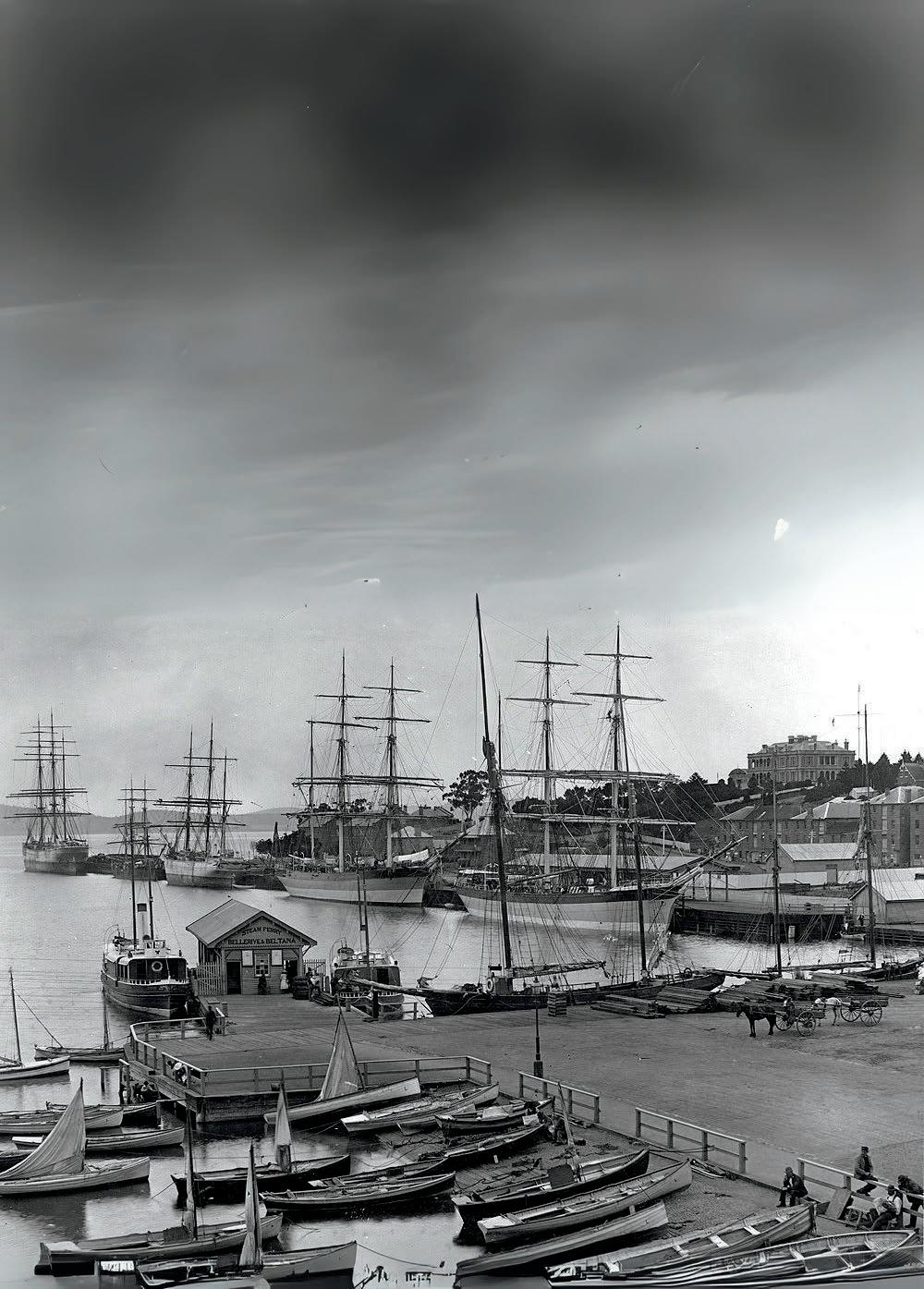
3 minute read
Preserving history: the legacy of Hobart Wesley Museum
BY CHRIS TASSELL
For more than two hundred years the Methodist Church has played an important role in supporting the spiritual and social well-being of the Tasmanian community. Its early support for convicts and the socially disadvantaged was unmatched and marked by a series of initiatives that were of state or national importance. These included beginning the first Sunday Schools in the colony in 1821, and providing sustained pastoral support for the colony’s convicts, most particularly the secondary prisons at Macquarie Harbour and Port Arthur. In 1825 the Church also established Australia’s first public lending library.
The Hobart Wesley Museum was established in 1927 following a bequest that provided for the construction of an extension to the 1840 Wesley Church in Melville Street to house the Church’s historical collections. Amongst the earliest community-based museums in Tasmania, the museum’s collection is now of state significance. In 2021 the Uniting Church, formed by the amalgamation of the Methodist Church with two other churches, stopped using the Melville Street Church. More recently the very difficult decision to close the Wesley Museum and transfer the collection to other Tasmanian museums and cultural institutions was made.
The closure or dramatic restructure of museums, most often as a result of changing community dynamics, while not a new phenomenon does seem to becoming more common. For this reason, in 2023 the British Museums Association developed a new toolkit for the ethical, transfer, reuse and disposal of collections and it is this toolkit that has provided the template for the transfer of the Wesley Hobart Museum’s collections.
The Maritime Museum has been one of the museums to receive material from the Wesley Hobart Museum collection. In the case of the Maritime Museum, the material transferred reflects the profound influence of the sea on life in Tasmania and in particular colonial life
Amongst this material is the cedar bookcase made in about 1835 at the Kings Yard in Hobart by skilled convict tradesmen. Clearly made for official use, the bookcase is branded more than ten times with initials K Y and a broad arrow This important piece of Tasmanian colonial furniture will soon be placed on display with the sculpture of Lt. Governor Arthur Together they tell another story about transportation, one of skill, initiative and opportunity in a new land on the other side of the world.

Tasmania’s direct trading links with China commenced quite early in the nineteenth century with tea being one of the most valuable imports to the colony Just how valuable is demonstrated by the Carvosso teapoy from the Wesley Hobart Museum collection, presented to the Methodist minister Rev Benjamin Carvosso on his departure from Hobart in January 1830 This teapoy is made largely of cedar and blackwood but also includes Huon pine, casuarina, mahogany and even whalebone It has been described as “arguably the finest example (of a teapoy) made in Australia” and it will be the centrepiece of the new display on Tasmania–China trade










